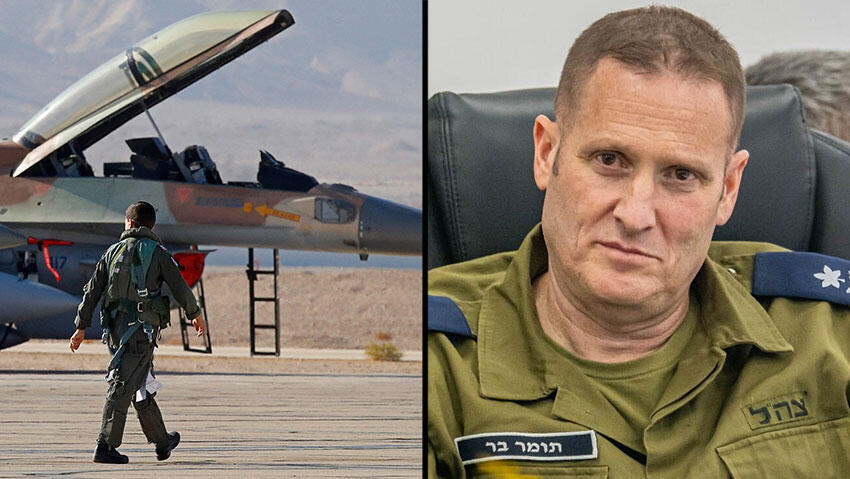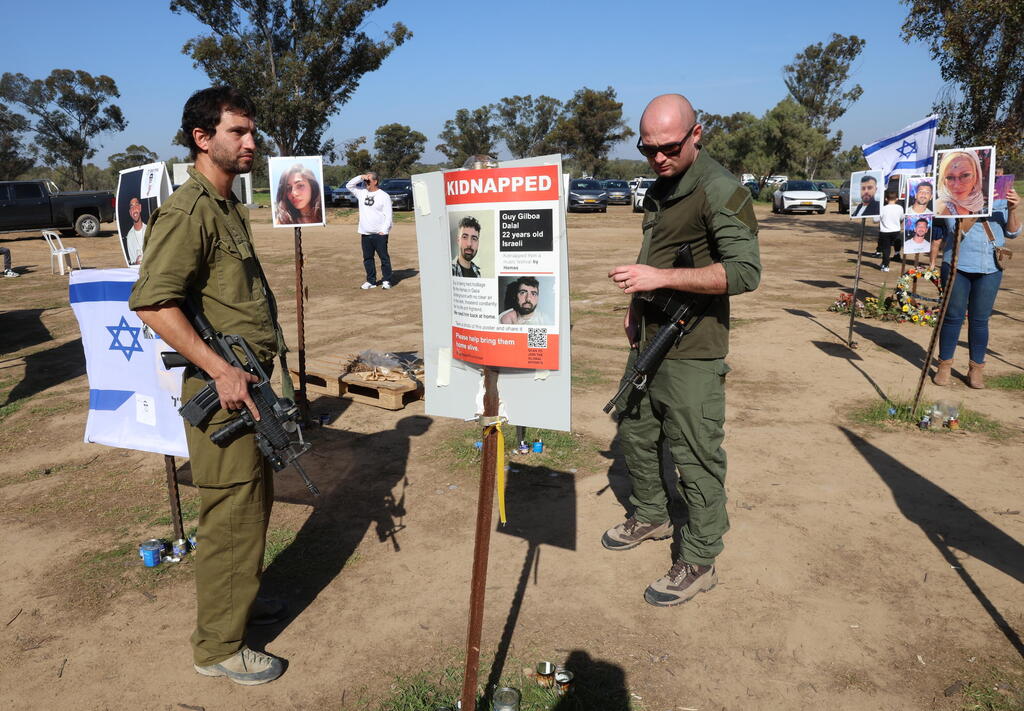Getting your Trinity Audio player ready...
For nearly 10 hours following the October 7 Hamas attack, Israeli Air Force (IAF) Commander Tomer Bar remained unaware of the mass-casualty event at the Nova music festival near Kibbutz Re’im, despite widespread media coverage and social media posts from concerned relatives.
This revelation is part of a broader investigation by Kan 11 journalist Avi Amit, exposing significant failures in the IAF's response on the first day of the war, based on both media reports and internal military reviews that have yet to be fully disclosed.
Not only was the IAF commander informed late, but helicopter pilots dispatched to the southern region were also unaware of the festival’s existence until much later. One pilot reported learning about the event around 2:30 p.m., when a Golani Brigade officer he was assisting mentioned it. "He asked me to escort him to the festival, and I had no idea what he was talking about. I thought it was code," the pilot said.
The investigation revealed that on the morning of the attack, the IAF was at its lowest state of readiness, with only two fighter jets and two helicopters on short notice for takeoff across the country. At 6:30 a.m., only a single drone was flying over Gaza, capturing unusual activity that went unnoticed.
When fighter jets were scrambled, they were directed to protect strategic assets, leaving southern Israeli towns vulnerable for hours. One senior IAF officer revealed that pilots patrolled above a gas platform for hours, contributing little to the ongoing battle.
The first airstrike was carried out by a single drone at 7:15 a.m. near Netiv HaAsara, but it failed to prevent terrorists from entering the village and carrying out a massacre. IAF Commander Bar didn’t order strikes on breaches in the Gaza border fence—through which thousands of terrorists poured into Israel—until 10:00 a.m., and those strikes were only executed an hour later.
The investigation also uncovered that Hamas had detailed intelligence on IAF bases, including runway locations, and targeted them with rockets, complicating aircraft takeoffs. Classified information was poorly protected, and it was revealed that Hamas had planned to target IAF bases in the south.
One witness described chaos in the IAF's command center, saying, "I arrived just after 7:00 a.m., and it was total chaos. We had no information because the Gaza Division had collapsed. We were completely cut off from what was happening on the ground."
Despite the IAF's capabilities, drones failed to provide a comprehensive view of the situation in Gaza border towns. "All our airstrikes before 9:00 a.m. were ineffective," said a senior officer.
As airstrikes were delayed, airbases like Palmachim were ill-prepared. A pilot described arriving at the base at 7:40 a.m., where only one aircraft was available, but it malfunctioned. When a second aircraft was prepared, the base came under rocket fire, delaying takeoff by another 20 minutes.
The IDF acknowledged the failures, saying, "On October 7, the IDF, including the IAF, failed in its mission." However, it noted that within hours, IAF personnel were mobilized, carrying out hundreds of sorties, transporting troops and evacuating the wounded. The military said operational readiness is based on threat assessments and denied claims that the IAF was unprepared for infiltration scenarios.
The IDF is currently conducting an in-depth review of the events of October 7, including a detailed investigation of the IAF's performance. These findings will be made public once the review is complete.




